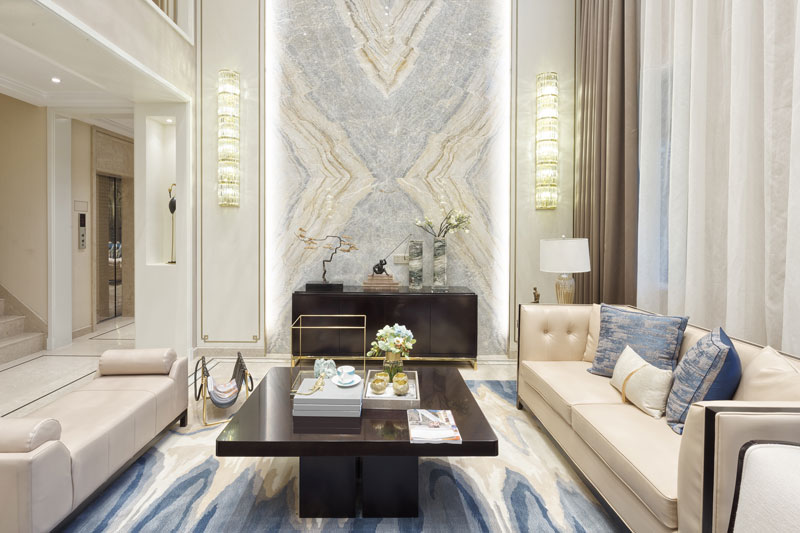Welcome to our comprehensive guide to the art of interior design. In this guide, we will take you through everything you need to know to create beautiful, functional spaces in your home. We’ll cover everything from the basics of color theory to advanced techniques for creating a cohesive, well-designed space. Whether you’re a seasoned interior design pro or just starting out, this guide will provide you with the knowledge and inspiration you need to create your dream home.
The Basics of Interior Design
Before we dive into the specifics of interior design, it’s important to understand the basic principles that underpin all great design. These principles include balance, proportion, scale, and harmony.
Balance refers to the way in which different elements in a space are distributed. Achieving balance in a space means creating a sense of visual equilibrium, where no one element overwhelms the others. There are three types of balance: symmetrical, asymmetrical, and radial.
Proportion and scale are closely related principles that deal with the size and relationship of objects in a space. Proportion refers to the relationship between different objects in a space, while scale refers to the relationship between the space and the objects within it. Achieving the right balance between proportion and scale is essential for creating a cohesive, well-designed space.
Harmony refers to the way in which different elements in a space work together to create a cohesive whole. Achieving harmony in a space means choosing elements that complement each other and avoiding elements that clash.
Color Theory
Color is one of the most important elements in interior design. Understanding the basics of color theory is essential for creating a well-designed space. Color theory deals with the relationships between different colors and how they can be combined to create different effects.
The color wheel is the basis of color theory. It consists of the primary colors (red, blue, and yellow), the secondary colors (green, orange, and purple), and the tertiary colors (yellow-green, yellow-orange, red-orange, red-purple, blue-purple, and blue-green). Understanding the relationships between these colors is essential for creating a harmonious color scheme.
When selecting colors for a space, it’s important to consider both the hue (the pure color) and the value (the lightness or darkness of the color). The saturation (the intensity or purity of the color) is also important.
Texture and Pattern
Texture and pattern are essential for adding depth and interest to a space. Texture refers to the way in which a surface looks or feels, while pattern refers to the repetition of a design element.
When selecting textures and patterns for a space, it’s important to consider the overall style of the room. For example, a rustic space might benefit from rough-hewn wood and natural stone textures, while a contemporary space might benefit from sleek, smooth surfaces.
Furniture and Accessories
Selecting the right furniture and accessories is essential for creating a functional, well-designed space. When selecting furniture and accessories, it’s important to consider both the style of the space and the practical needs of the people who will be using it.
For example, a family room might require comfortable seating and durable fabrics, while a dining room might require a large table and chairs. Accessories such as artwork, lighting, and rugs can also have a big impact on the overall look and feel of a space.
Conclusion
In conclusion, the art of interior design is about creating beautiful, functional spaces that reflect your personal style and meet your practical needs. Understanding the basic principles of design, color theory, texture and pattern, and furniture and accessories is essential for creating a cohesive, well-designed space.




